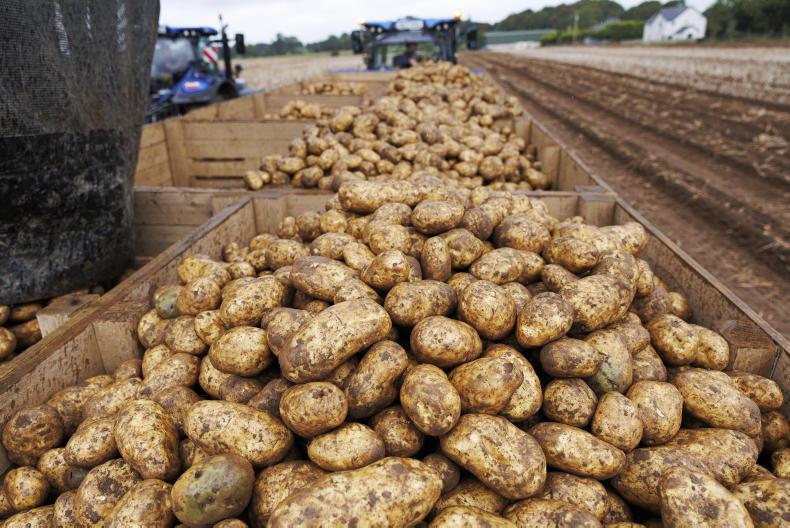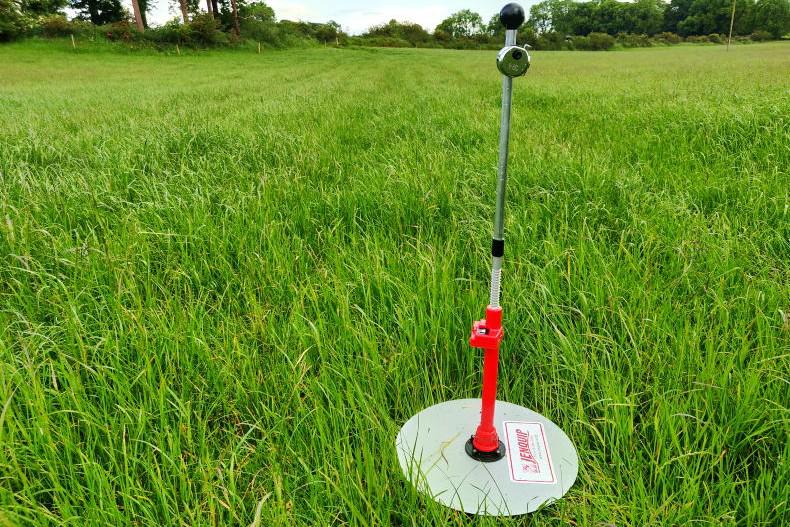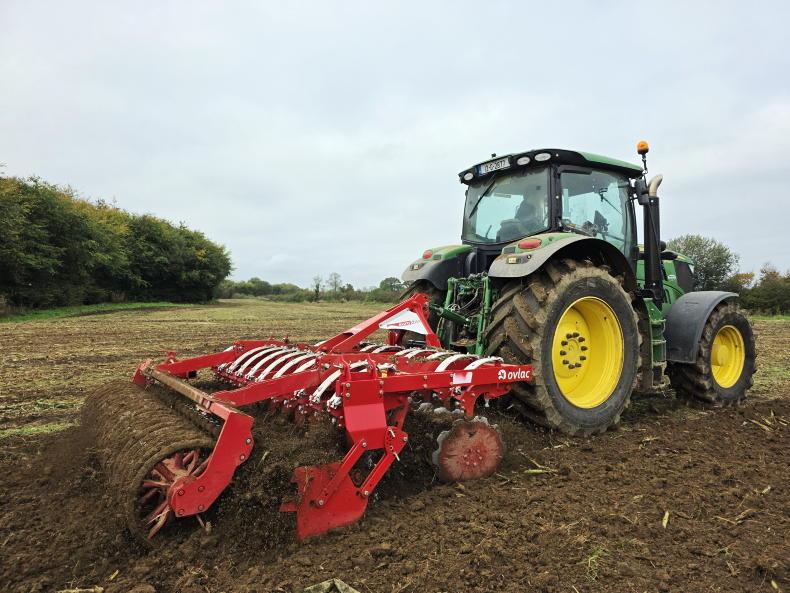Recently sown clover seedlings continue to be at a delicate stage. While the strike rate with clover seeds is good, not all seeds emerge at the same time, so there will still be some clover seeds emerging three to four weeks after sowing. This is particularly evident in over-sown fields, whereas clover emergence in full reseeds tends to be more uniform.
The Irish Farmers Journal visited a farm in Galway earlier this week with absolutely superb clover contents (greater than 30%) on fields over-sown in 2021. This farmer did not cut back on nitrogen after sowing last year, but was very disciplined on when the fields were grazed i.e every 14 days at a cover of 1,000kg/ha.
While the strike rate with clover seeds is good, not all seeds emerge at the same time, so there will still be some clover seeds emerging three to four weeks after sowing
Fertiliser rates after each grazing were reduced, but this was because the fields were grazed more regularly, not because he was cutting back on account of having clover established. Effectively, it’s only since last month that nitrogen rates on these high clover fields have been reduced to half rate per month. So, this farmer was very strong on going in at low covers and grazing tight, but less strong on reducing nitrogen because he didn’t want to reduce grass growth rates on the over-sown fields.
His fertiliser of choice on these fields was 18:6:12 because it was providing N, P and K to the clover seedlings. Nitrogen was being applied at a rate of 0.8 units per day, which works out at 11 units/ac after each grazing. Importantly, fields are identified for over-sowing almost a year in advance. These fields have good grass varieties, good soil fertility and regardless of soil pH, are spread with lime in the autumn before sowing to increase soil pH.
Reseeds
Farmers with clover sown as part of a full reseed have been in limbo with regards to spraying these reseeds for weeds. Clover-safe sprays have only recently become available after a delay in getting the shipments delivered. Both Clovermax and DB Plus are now available to purchase, but stocks are said to be tight so farmers need to act quickly.
Leatherjackets seem to be becoming more of an issue in some parts
Most fields that have been reseeded are looking good with very little obvious signs of stress, but some later-sown fields that have part-germinated look under pressure where moisture has been lacking.
Earlier-sown fields should be sprayed for weeds as soon as possible and grazed thereafter where possible. With warmer and drier weather in the forecast, I would be inclined to spray a bit earlier if conditions are good, rather than waiting and risking grass being too stressed for spraying, as this will do more harm than good.
Leatherjackets seem to be becoming more of an issue in some parts. I know of a few cases where full fields have been wiped out from leatherjackets. They feed on the roots of the grass seedlings.
The best policy in terms of prevention is to make sure fields are well rolled after sowing. Fields should be rolled twice after sowing, in opposite directions to ensure a good seed to soil contact. It’s not too late to roll fields after germination.









SHARING OPTIONS